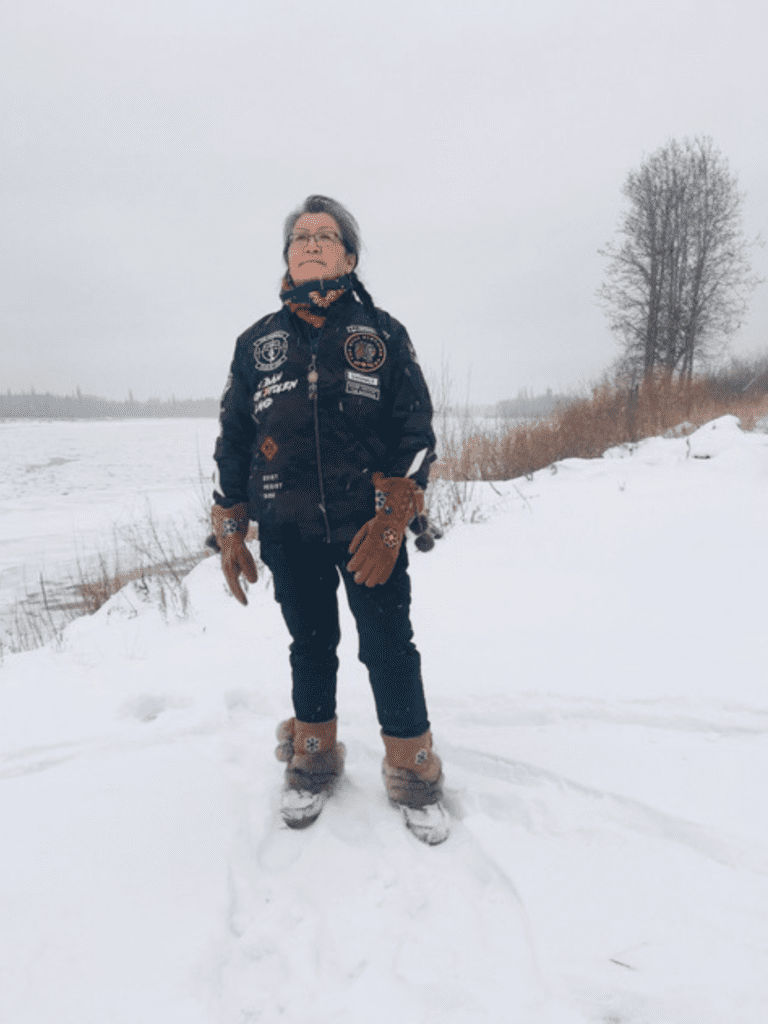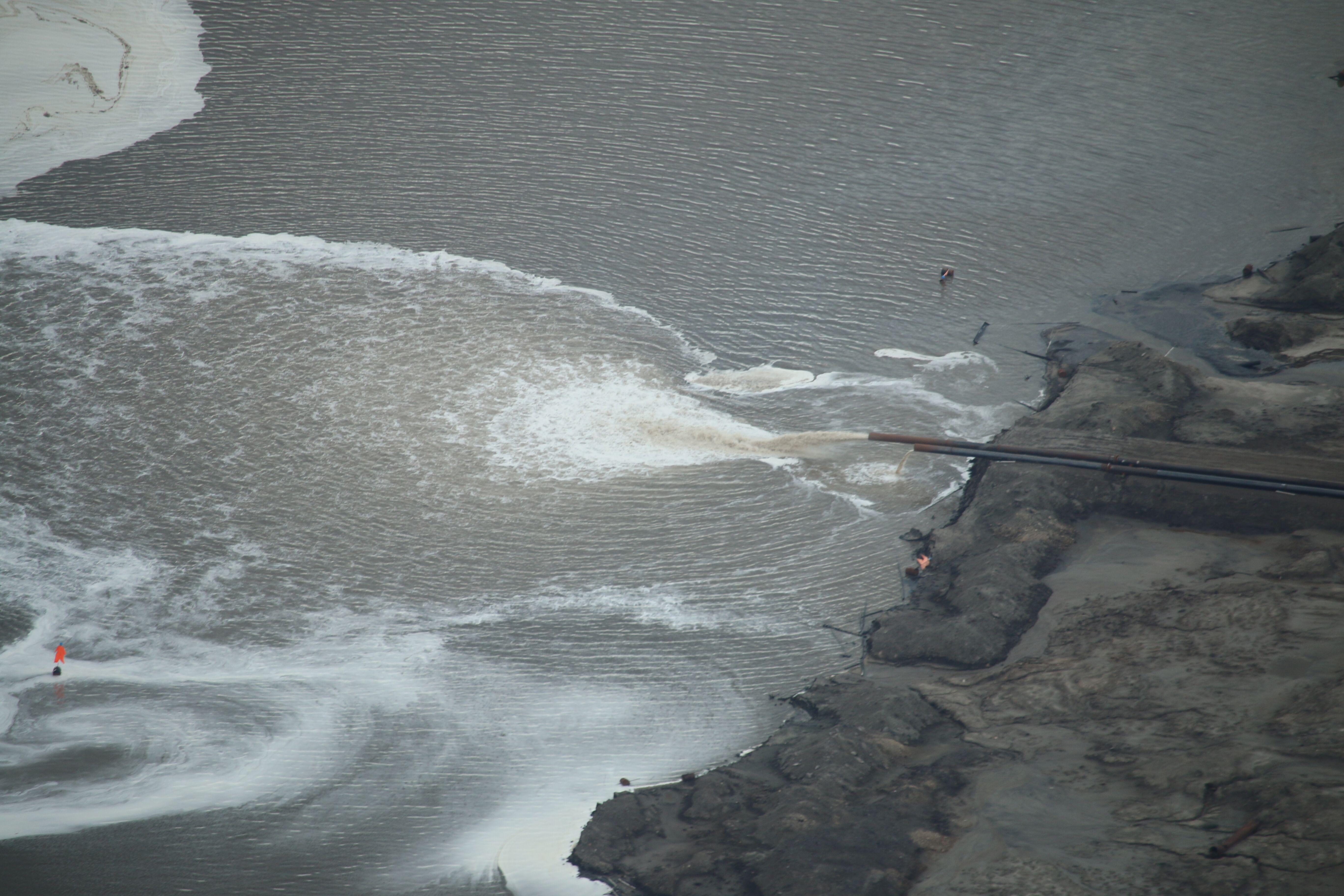It was a Wednesday in October 2021 when I first spoke with Jean L’Hommecourt, a Dene woman living in Fort McKay, a community downstream of the Alberta oil sands, to talk about a topic that had taken over my week; the tailings ponds that store over a trillion liters of toxic water.
Jean and I dove right into our discussion, “Have you seen the recent government report that shows that the tailings ponds in the oil sands grew? Even in 2020, when bitumen production went down?”
Jean was not surprised whatsoever. Even without seeing the report I was referring to, which showed that in 2020 tailings grew by 90 million cubic metres despite a drop in oil production, Jean knew they had grown, and knew they were set to grow even more. “But you gotta stop calling them ponds.” she says, gently but with a slightly tired voice, “they are massive lakes, not cute ponds”.
Jean is right. ‘Tailings ponds’ is the term industry and government use to describe the immense industry-made lakes in which the toxic waste from oil sands operations is stored. They are huge open-air disposal sites which contain 1.36 trillion litres of toxic water and cover a surface 1.7 times the size of Vancouver.

As if to make her point again, Jean continued “when I drive from Fort McKay to Fort Mac, I drive past one of the ‘ponds’. In a car, at a good speed, it takes more than 10 minutes to get past it. It’s not a pond”.
Just like how the climate crisis was long called climate change to negate the urgency of action, calling them ponds downplays the reality that these bodies of waters are more akin to lakes.
Jean gave me another example: “it’s like when they call them industrial projects. They really are the destruction of our way of life and of our peace of mind, but they call them projects.”.

These toxic, industry-made lakes do more than simply occupy large areas of land, although that remains a central grievance of some community members. The lakes are precariously close to residential areas and to the life-giving Athabasca River. For communities closest, it is their air that is under attack. “Living in a community surrounded by tailings, we deal with it every day, as soon as we step out of our house. We can’t sleep with our window open, the air creeps in at night and we wake up with a stink throughout your home.” says Jean.
It is also the water, food and medicine of the 12+ First Nations downstream of the oil sands that are under threat. Industry and government data confirms that the tailings are leaking into groundwater. However, there is little publicly available information on the health and environmental effects of these artificial lakes. Since 1996, local First Nations and medical professionals have been calling for an independent health impact assessment as downstream populations experience high rates of rare cancers.
Doctor John O’Connor, a family physician in the area, has been raising the alarm for decades: “When you look at the independent science—the toxins that have been identified—and you look at the illnesses, it’s like connecting the dots. It’s just that the line hasn’t been drawn to join up that final connection piece.” he told Vice over five years ago.
The Alberta oil sands and their lakes of toxic water can not be allowed to continue expanding. Groups such as Keepers of the Water and Environmental Defence are working hard to pressure the Federal and Provincial governments and make sure environmental justice is upheld. If you are concerned about these toxic lakes, there are a couple of things you can do too:
Collectively pledge to no longer fall for marketing gimmicks : tailings are not quaint English garden ponds, they are huge, leaking bodies of toxic waste.
To take it a step further, it is important to learn about the risks tailings pose to surrounding communities by listening to those living on the frontlines.
We hosted a webinar with Keepers of the Water to dive into the alarming findings of our recent report, which mapped decades of the toxic takeover of Indigenous territories: watch video.
You can also sign up for Environmental Defence’s newsletter to keep up-to-date on this and other important environmental issues. Use the form below to sign up.








